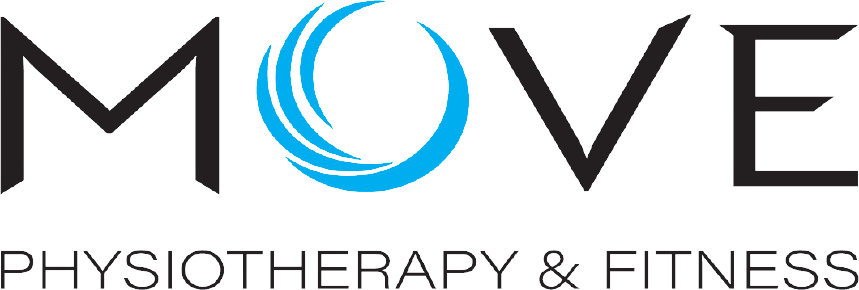Eliminate Your ‘Tightness’ Once and For All
Underpinning the majority of injuries is an area of weakness and impaired movement. This encompasses not only recurrent sporting injuries – especially those ‘niggly’ soft tissue injuries, but also the recurrent ‘tight neck’ or ‘tight lower back.’
Most individuals are caught in the ‘symptom management’ stage of treatment. They wait for these injuries to occur. In minor instances, they can be shaken off or ignored until a larger episode becomes completely debilitating. In other instances they simply get the area of tightness massaged or mobilised by their physiotherapist or chiropractor, but seldom to the ‘rehabilitation stage’ to prevent these injuries from recurring.
The AxIT system of assessment is typically reserved for members of elite sporting clubs. These types of injury screens are conducted mostly for our professional athletes, whereby areas of tightness and weakness can be identified and addressed in the off-season to ensure injuries do not occur throughout the important regular season. For the non-athlete, we can use this information to identify the cause of recurrent lower back or neck pain, and we can prescribe an exercise program to prevent your pain from recurring.
The AxIT is comprised of three systems. Firstly, force plate technology – coined the ‘Stomp It’. This technology allows us to measure ground reaction forces as the body moves through space. For example, we can stand on the force plate during a squat movement to measure absolute strength, differences in strength between sides, in addition to the rate of force development. This information is vital in the assessment and rehabilitation of lower limb injuries – such as knee pain, hip back and even back pain.
The other tools are named the ‘Pull It’ and ‘Push It’ – suitably allowing your physiotherapist to objectively measure your pull and push strength. Especially when utilised in upper body injury assessments, these significant muscle imbalances can underlie the majority of shoulder, neck and midback injuries.
Collectively, the AxIT provides your physiotherapist with measurable data which is then incorporated into your physiotherapy assessment. With this additional information, your physiotherapist can quantify areas of weakness and imbalance, and in turn, prescribe appropriate rehabilitation exercises, track your progress, and ensure the best outcomes in your rehabilitation.
Some common examples seen in the clinic include:
- Weakness in our glutes and hip abductors – the muscles of our buttocks – is largely correlated with the majority of knee pain and lower back pain. Data suggests that our peak hip abduction (sideways) strength should measure between 25-35% of your body weight. Once this weakness is identified, we can prescribe a hip strengthening program to prevent knee pain or back pain from recurring.
- Shoulder and neck pain is largely correlated with a weakness through our midback and rotator cuff musculature. Particularly, the muscles at the back of our shoulder (our external rotators) should measure between 16-20% of your body weight. Weakness through these muscles can often predispose injuries such as rotator cuff tendinopathies, shoulder bursitis and more.
- Recurrent hamstring injuries are the bane of many athletes. This is because our hamstrings are required to support up to 9x our Body Weight during maximal sprinting. However, persistent deficits are seen in hamstring strength and rate of force development in more than 10% of PROFESSIONAL ATHLETES who sustain a hamstring injury. This are those who have actually taken the time to rehabilitate the injury, as compared to the weekend warrior who simply returns to sport when they are ‘feeling better.’ Your hamstring strength should measure approximately 2/3rds of the strength of your quadriceps. This asymmetry is a simple predictive factor of subsequent hamstring injury.
Even if you are currently injury free, these movement screens can be vital in understanding your ‘normal’ muscle range of movement and strength. In the event of an injury, we can then reference this data to ensure that you fully recover and return to your baseline. This will prevent that injury from becoming an ongoing area of ‘weakness’.
Following from your consultation, if you would like to be guided through a home based or supervised exercise program we offer individual physiotherapy exercise consultations and group rehabilitation options.

